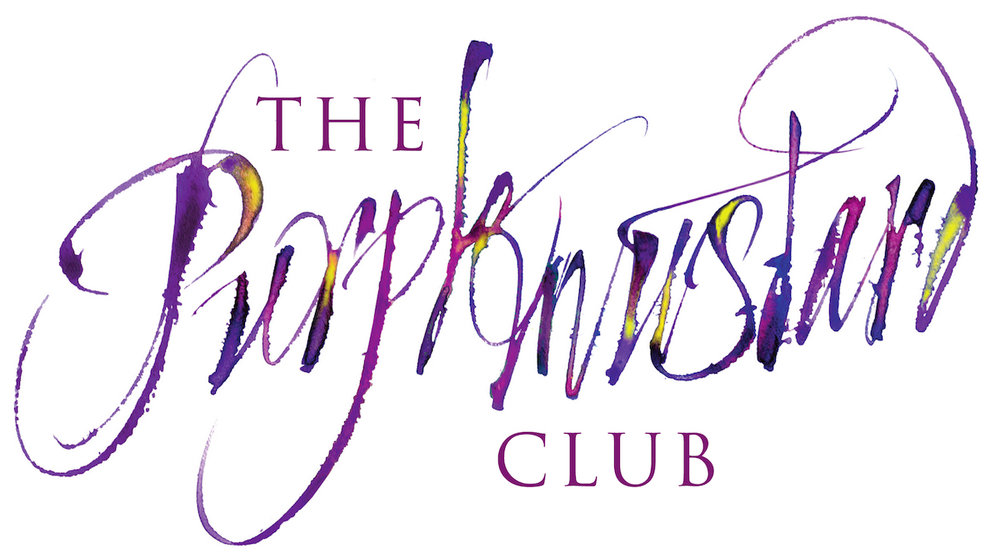On the little hill of Vergy behind Gevrey Chambertin, in the Hautes Côtes de Bourgogne, events took place which you would never guess when looking at the hill from below. The story includes the downfall of one of the most influential and powerful families in France; the construction and destruction of an impregnable fairytale chateau with 14 towers; the origins of Romanée Conti and Romanée St Vivant; and the first appearance of the Turin Shroud. And all on this little hill!
From about the 7c, the Vergy family lived in a fairytale chateau on the top of the hill. The chateau had 14 towers from which there were views in every direction. In uncertain times, Popes had been known to seek safety here. The fortified chateau dominated the skyline and was so secure, that a siege lasting 18 months failed to breach its defences. However, having survived the siege, and almost 1,000 years of history, the entire château was dismantled stone by stone, on the orders of Henry IV in 1609, following the religious wars between Catholics and Protestants.
With some vigilance, it is possible to discern here and there the remains of the battlements. But walking through the trees along the footpath where the château once stood, it is interesting to imagine what it would have been like all those years ago. Part of one tower is still standing. It is called the Tower of St Denis (the Patron Saint of Paris, part of whose remains were moved from Paris to Vergy in or about the 12c).
In the Middle Ages, the monasteries that sprung up across Europe, played an important role in wine making and the development of wine theory and practice. Nowhere more so than in Burgundy. Monasteries needed vines – to produce wine for the Eucharist, to serve to visiting dignitaries, the sick and the poor, and for daily consumption by the monks.
The Vergy family were the first owners of the Turin Shroud, and their ancestry is traceable back to Geurin, who came to an untimely end in 681 AD, when some discontents stoned him at the foot of the cliffs! In later years the family produced Bishops of Autun, Mâcon, Paris and Besançon.
Just below the (now imaginary) Château on the Curtil-Vergy side, stands the remains of the Abbey St Vivant de Vergy. Founded in 890 AD this was one of the most important and highly regarded Priories of Cluny, in line with the standing of the House of Vergy. The Abbey owned vines including those now known as Romanée St Vivant. The Priory submitted to the authority of Cluny from 1087. It was the monks from the Abbey who delimited most of the Grands Crus wines of Vosne Romanée. According to Aubert de Vilaine of Domaine de la Romanée-Conti, the monks from St Vivant should be regarded as responsible, alongside the Cistercians, for the notion of ‘climats’, the foundation of the present model of winemaking in Burgundy. The Abbey has been rebuilt over the centuries, and suffered damage at the time of the French Revolution, but parts remain, including a grand cave at first floor level. Fortunately some steps have been taken to preserve and safeguard what is left– see http://www.saint-vivant.net/ , although much work remains to be done.
And of course no fairytale is complete without some treasure! Walking from Reulle-Vergy up the hill towards the church, on the left hand side an unexpected find is the artisan jeweller Firouza, a charming young couple who trained at Cartier. Their atelier is part of the shop, and they are pleased to give demonstrations of their art, which can be arranged by the reception of Les Deux Chevres.
In the village of Curtil-Vergy there is a small restaurant which is popular with our guests, Au Petit Bonheur Tel 00 33 (0)3 80 61 31 03.
In 1188 the Church of St Martin and the ownership of the vines in the area of Arcenant was given to the Abbey St Vivant de Vergy, which by then was attached to the Abbey of Cluny.
These days the village of Arcenant is known for its production of red fruits, which are favoured by the soil and the exposition. In 1972 the village was recognized as the European capital of the raspberry. Since 1984 Gilles Joannet has been producing fruit liqueurs, and his drinks win prizes throughout France. Tastings can be arranged Tel 00 33 (0)3 80 61 22 80.
0 LikesShare
